The last in a five-part series highlighting Indiana University’s role in the first World War.
The armistice ending the war went into effect at 11:00 A.M., November 11, 1918 – just one week after campus reopened from the influenza outbreak. On the home front, Indiana University students and faculty and Bloomington townsfolk welcomed the end of the Great War, many with celebrations and parades around downtown Bloomington, as seen in the following photos.
![LARGE[1]](https://blogs.libraries.indiana.edu/wp-content/uploads/2014/09/LARGE11-300x195.jpg) Armistice celebrations in downtown Bloomington.
Armistice celebrations in downtown Bloomington.Forty-two days after many IU men were formally inducted into the S.A.T.C., the war ended. A few days after that, the War Department announced that the S.A.T.C. would be demobilized by December 21st. Although specific numbers do not exist, the 1919 yearbook reported that the majority of male students who had been members of the S.A.T.C. returned to school in the spring semester as civilian students. With the disbandment of the S.A.T.C., R.O.T.C. training resumed and four hours of training were mandatory for every male student in the spring semester.
To understand the emotion of that November day, consider these two accounts of the celebrations by members of the IU community, one from Europe and one from Bloomington.
Georgia Finley was was a professor in the Home Economics Department at Indiana University from 1914-1939. Beginning in September of 1917, she took a leave of absence in order serve as the Chief Dietician at Base Hospital No. 32 in France. During her time overseas, she regularly wrote letters home which were then published in the Indiana Daily Student. She also regularly kept a diary. The following is an excerpt from that diary, courtesy of IU’s Lilly Library:
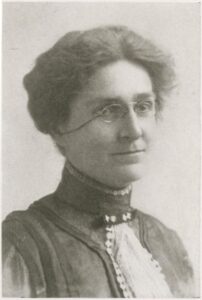
November 11, 1918. Well, it’s all over! What joy! The news was officially given out during the morning. Troops stationed near here and ready for the front were ordered not to go because no more were needed. Then the French Comminque announced “Armistice signal.” This afternoon seventy-one shots were fired. The church bells rang. Then the overland trains chime in from the front – joyous and gaily decorated. We all felt like crying and many French women did. . . . This is the first night we have not had to black out since coming to France. The street lights are glowing.
Back in Indiana, IU student and S.A.T.C. member William Ringer (who suffered from the Spanish Flu) wrote in his diary:
One of the greatest days in the history of the world! Almost 3:30 we were awakened by a terrible ringing of bells, shouting, explosions, etc. And central called in that Germany had signed the armistice. We were ordered to ‘fall in’ and at once we marched down to Kirkwood and Indiana where all the S.A.T.C. and the Rookies and hundreds of town people. It was dark and cold, but there was excitement and noise enough. All the civilians cheering and autos honking, make a wild world. We marched three turn around the square etc. until almost 5 o’clock. Of course did not return to sleep. We had drill – and a hard one, but they announced that there would be no classes, but a parade at 2, and at 7.
War Memorial Fund
With the war ended, life slowly returned to normal in Bloomington. On campus, the most prominent legacy of the war at IU is the War Memorial Fund. The fundraising drive originated with the Indiana University Alumni Council, and was created to fill the need of the university for new buildings. IU President Bryan saw a fund drive as a way to commemorate the 1920 IU Centennial and as a way to remember those who served in the war. In June 1921, the Alumni Council gave approval and authorized a campaign to raise $1,000,000 for the construction of three buildings. The Council selected the University Librarian at the time, W.A. Alexander, to serve as the executive secretary. A large bonfire attended by 2,000 students in March, 1922, helped to encourage fundraising. The IDS wrote that “the glowing embers reflected to students visions of new structures soon to be born to grace our campus, and from the flying sparks they caught the spirit of a greater Indiana.”
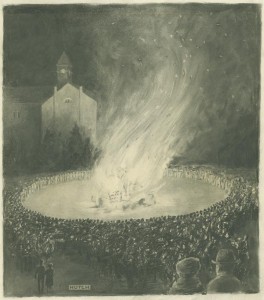
The three buildings constructed as a result of the Memorial Fund were:
- Memorial Hall, completed in 1925 as a women’s dormitory, the first one owned by the University.

- Memorial Stadium, also completed in 1925 but demolished in 1982.
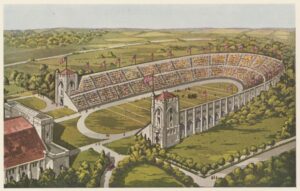
- Indiana Memorial Union, completed in 1932.
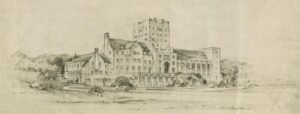
The architectural firm Lowe & Bollenbacher designed both Memorial Hall and Memorial Stadium, while the IMU was designed by Granger and Bollenbacher.
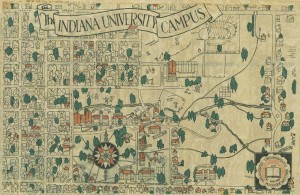
Leave a Reply